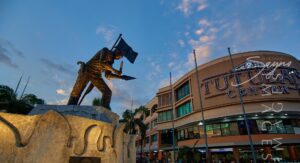
Tutuban Center: Where History Meets Shopping Bliss in Manila
Situated in the heart of Manila, Tutuban Center is more than just a shopping destination—it’s a vibrant mix of history, commerce, and culture that draws
The San Agustin Museum, situated within the historic San Agustin Church complex in Intramuros, Manila, stands as a testament to the rich cultural and religious heritage of the Philippines. Housed in the former convent of the San Agustin Church, a UNESCO World Heritage Site, the museum offers visitors a deep dive into the country’s colonial past and ecclesiastical history.
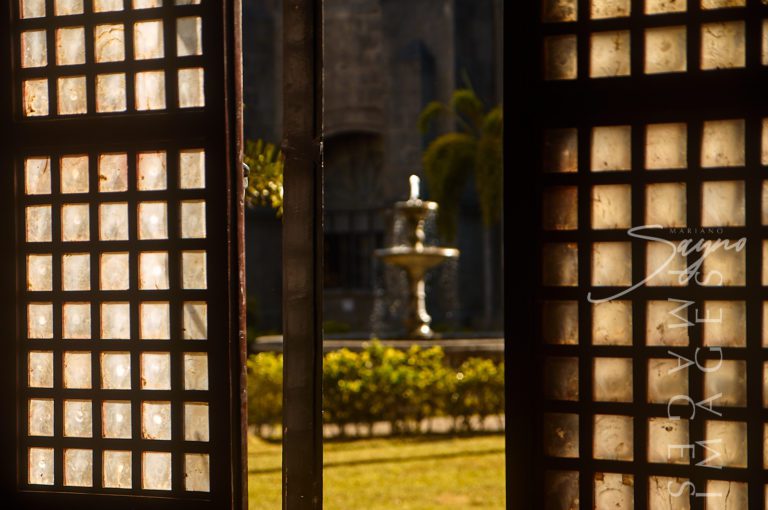
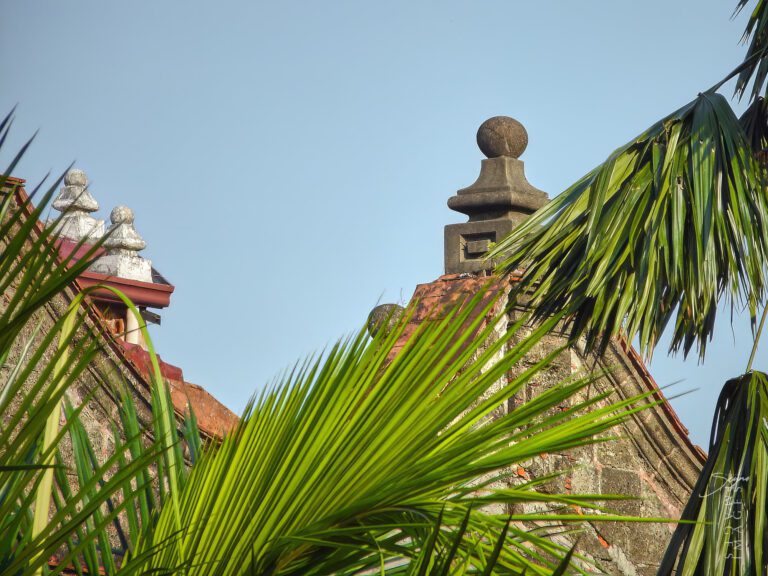
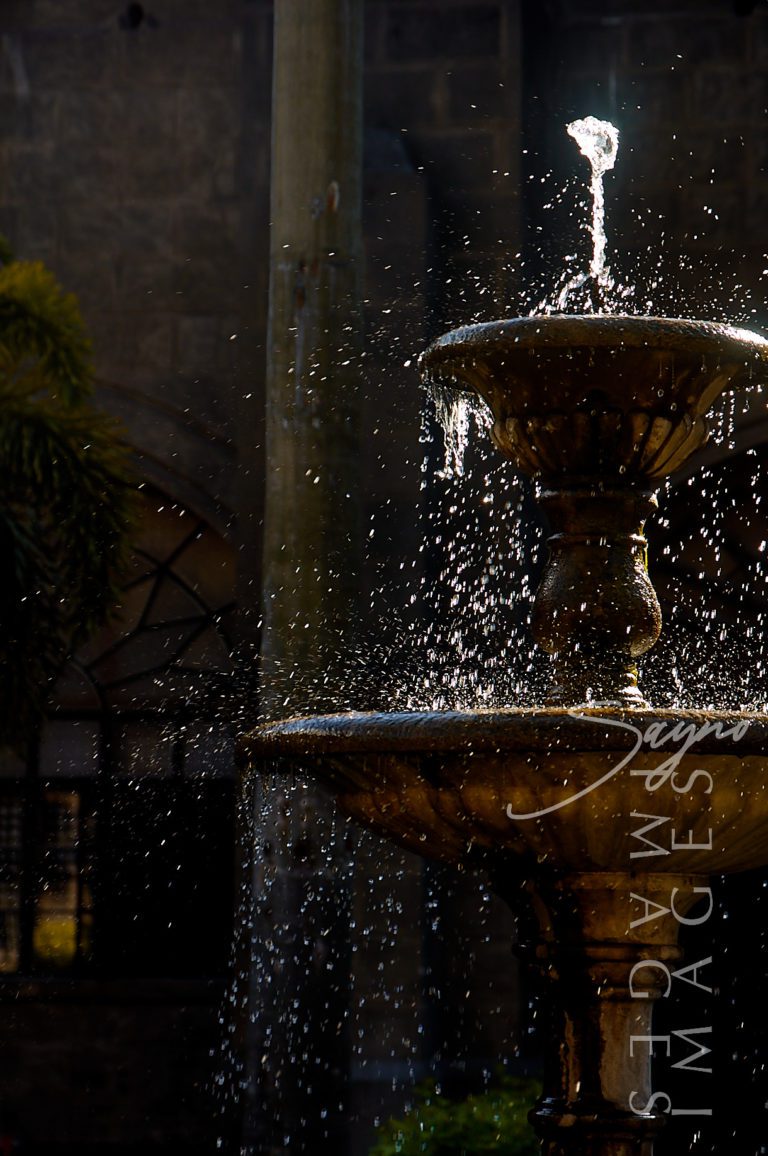
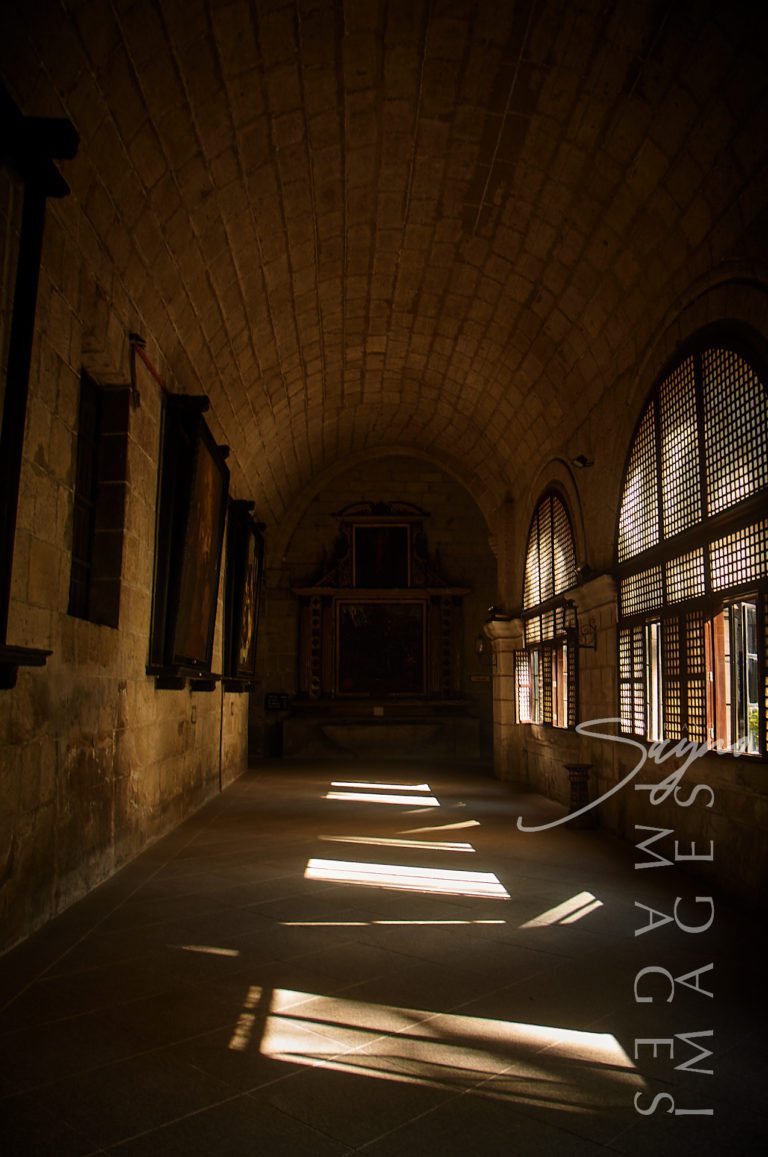
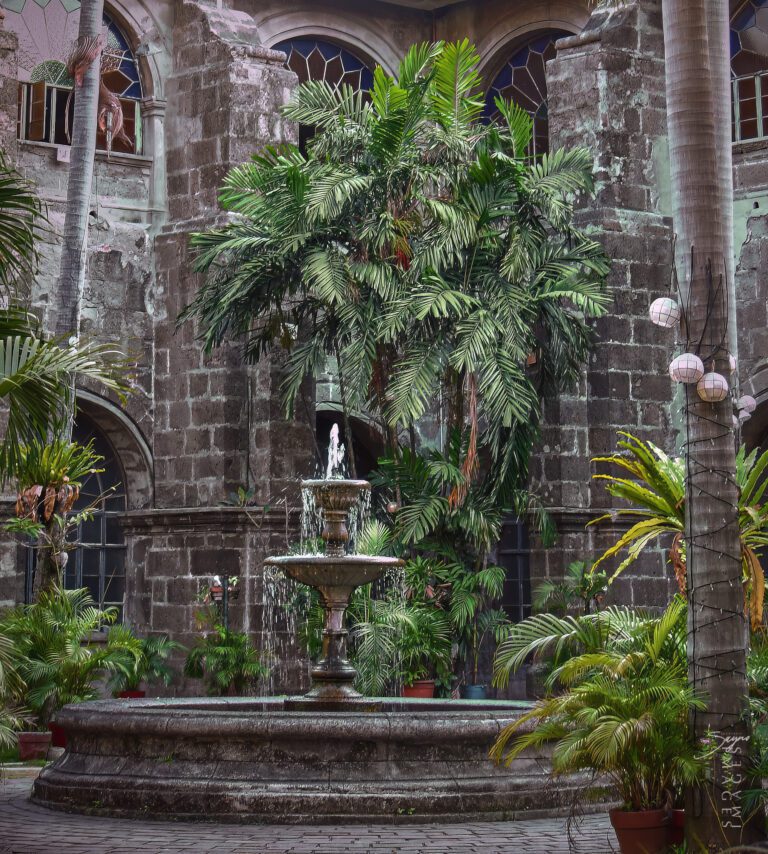
A significant feature of the museum is its collection of ecclesiastical vestments. These elaborate garments, richly embroidered and adorned with precious metals and stones, were used during religious ceremonies and showcase the artisans’ exceptional skills. Each piece contributes to the broader narrative of the church’s impact on Philippine culture.
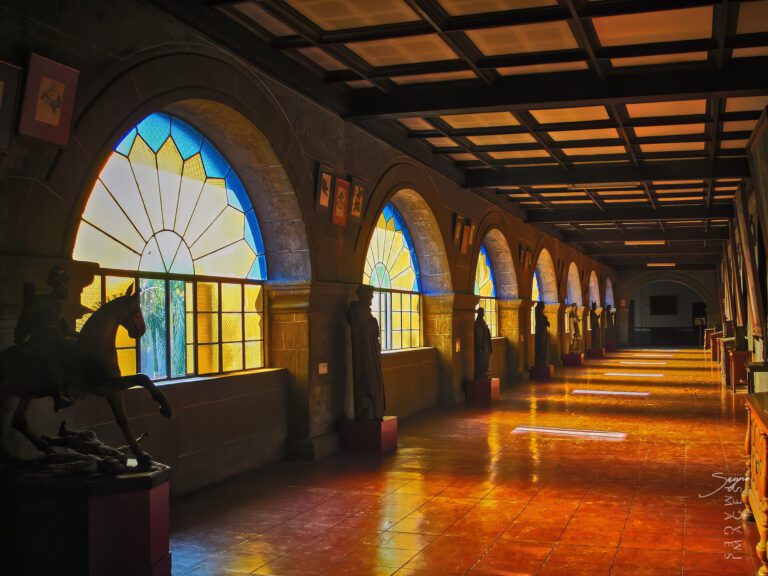
The San Agustin Museum is also dedicated to preserving the history of the Augustinian Order in the Philippines, highlighting their substantial contributions to the country’s development. Through thoughtfully curated exhibits, visitors can learn about the missionaries’ roles in education, healthcare, and the spread of Christianity.
The Library of the San Agustin Convent has a storied history, beginning in 1571 as one of the Philippines’ premier libraries. Over the centuries, it faced significant losses: British looters in 1762, American souvenir hunters in 1898, and World War II devastation in 1945 severely diminished its collection. Despite these losses, the library still houses several thousand volumes from 1540 to the present, standing as a testament to its historical legacy and resilience.
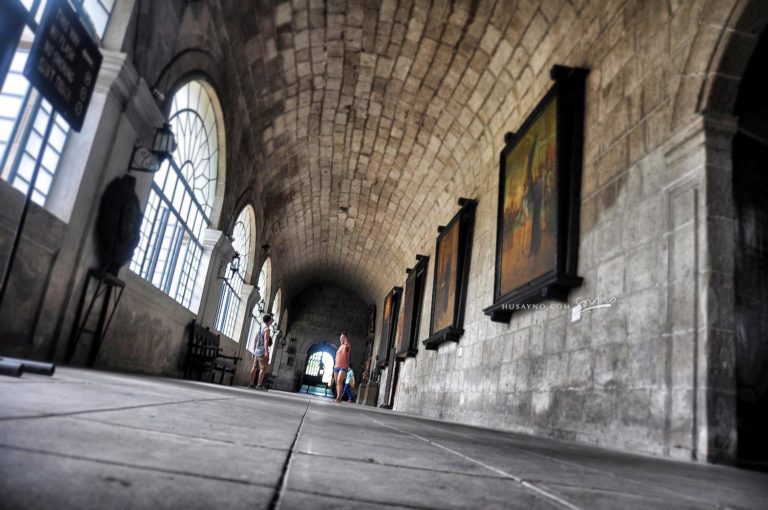
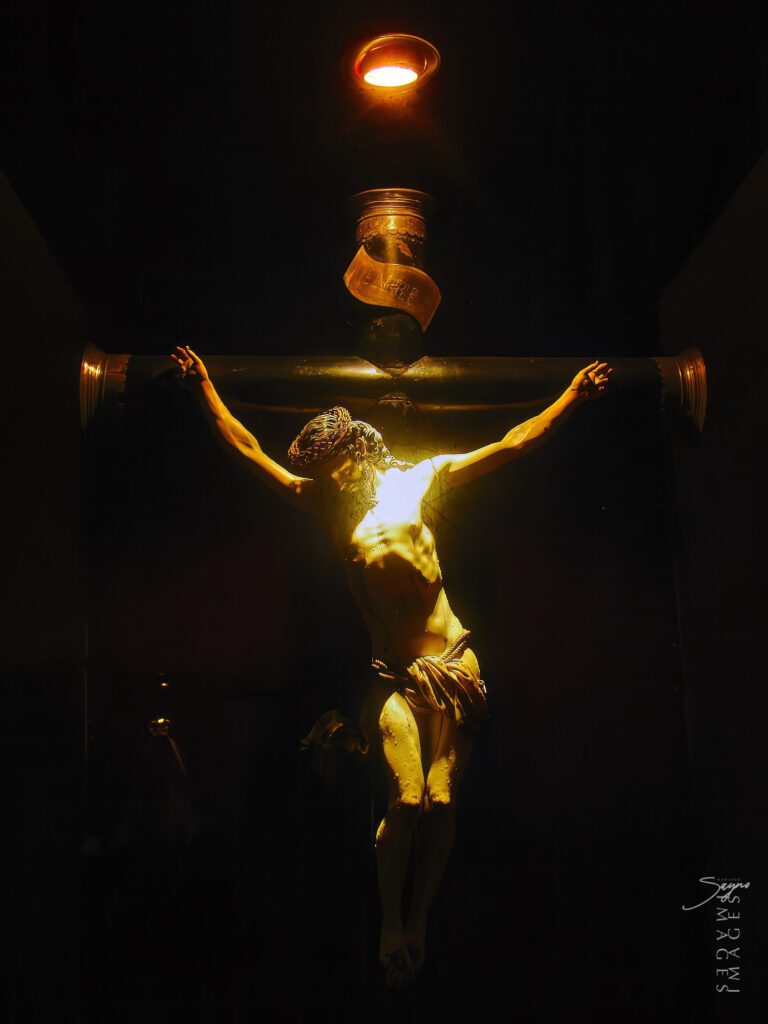
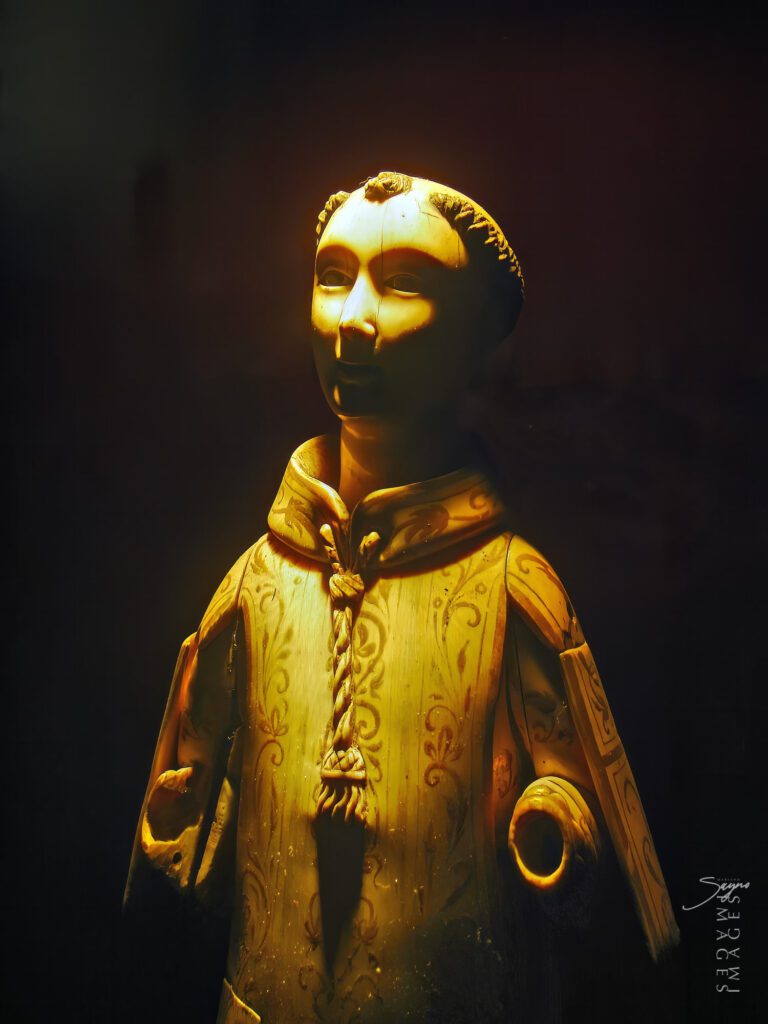
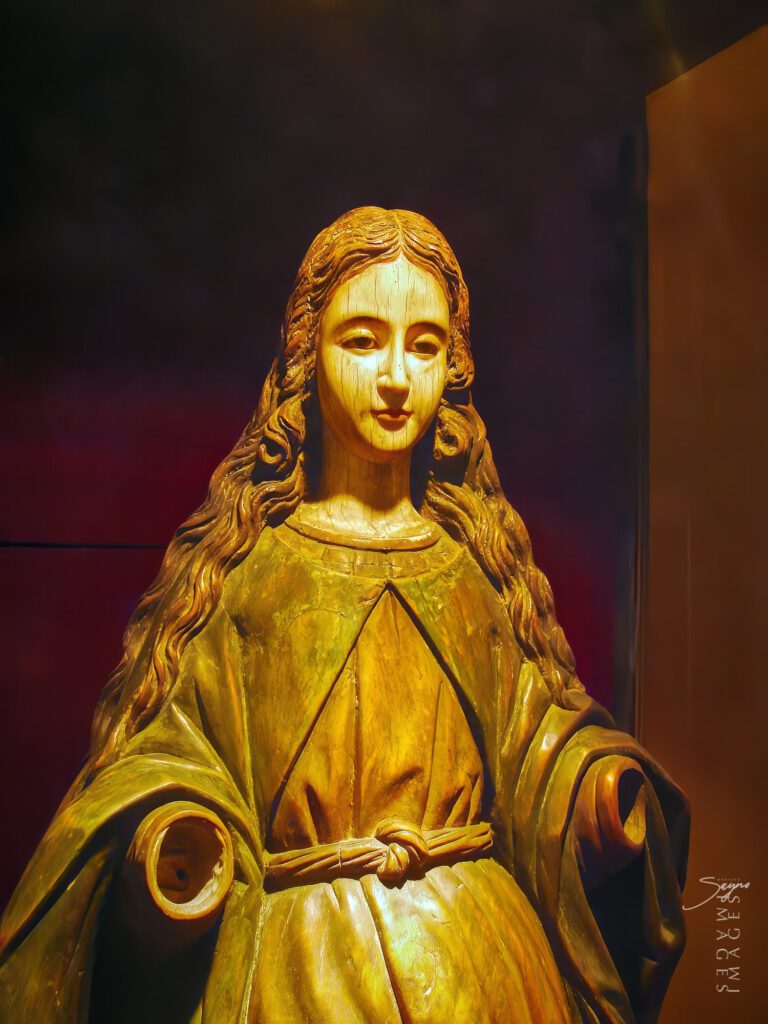

The Sala Recibidor, evolving over time, initially served as an aula or classroom in the late 16th century, marking the establishment of the first formal school in the Philippines. By the 18th century, it became the office of the Procurator, who managed the temporal goods of the Augustinian Friars. In 1877, it was repurposed as a reception room for guests. Since 1970, the Sala Recibidor has been an integral part of the San Agustin Museum, showcasing various collections and reflecting its ongoing role in preserving and presenting the museum’s heritage.
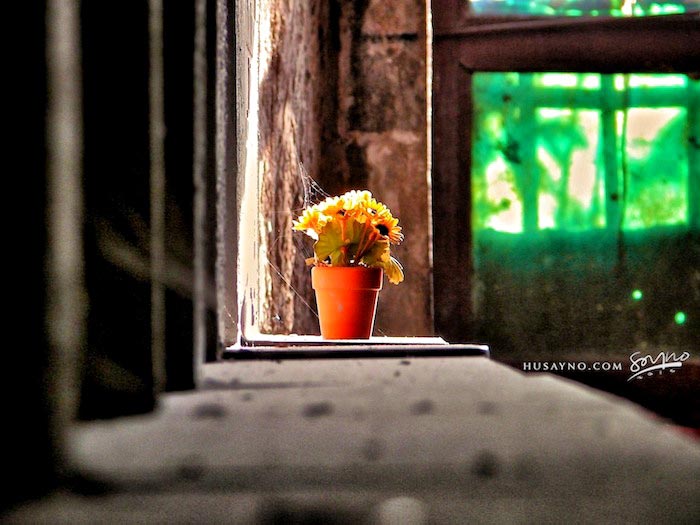
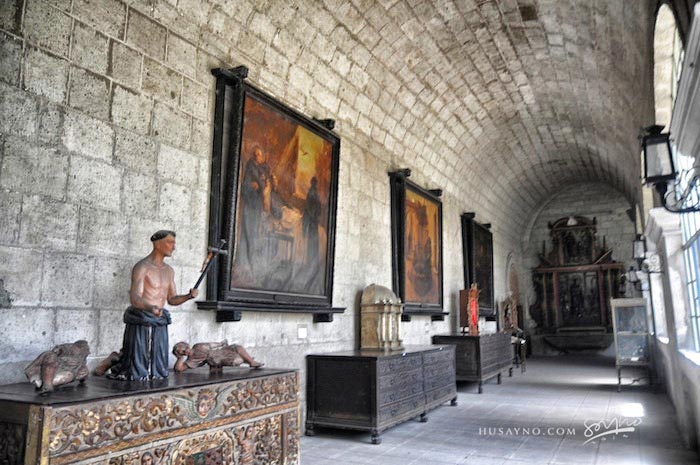
A door in the antesala leads to the cloister corridors, where each of the four corners features a retablo—an intricately carved backdrop for the altar table. Historically, religious processions and rituals took place here, with each retablo dedicated to a major saint. For instance, one retablo dedicated to San Nicholas de Tolentino depicts the saint framed by solomonica columns and illuminated by a star-like celestial light as he saves souls in purgatory.
Along the corridor, paintings by artists like Rafael Enriquez, Sr., the first dean of the University of the Philippines School of Fine Arts in 1909, and Augusto Fuster, a Spanish artist and photographer from the 1930s, depict significant episodes in the lives of Augustinian saints.
The museum’s grand main stairway ascends 30 meters to the upper floor and features 44 granite steps, each 3 meters long, imported from Canton, China, between 1786 and 1789. The stairway’s design includes a brick vault with an 8-meter diameter, completed in 1863 by Architect Luciano Oliver. Symbolically, the stairway represents humanity’s aspiration to reach higher realms—be it the moon, stars, or sun. The walls are adorned with paintings of Augustinian saints and martyrs who exemplified sanctity through their devotion.
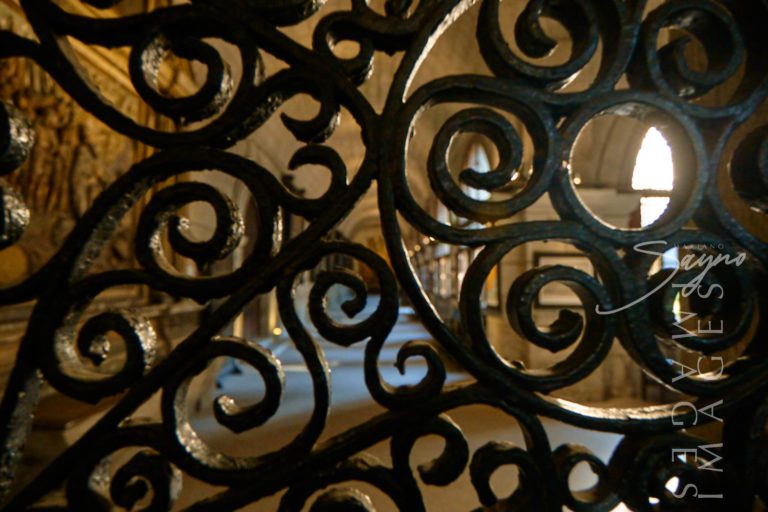
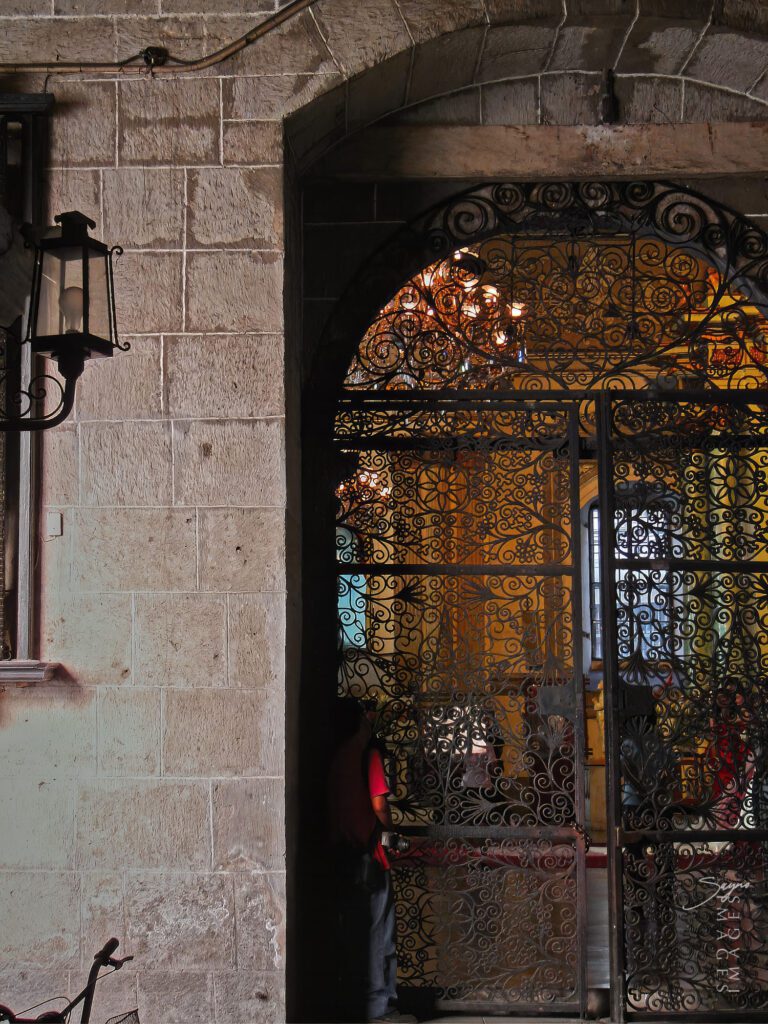
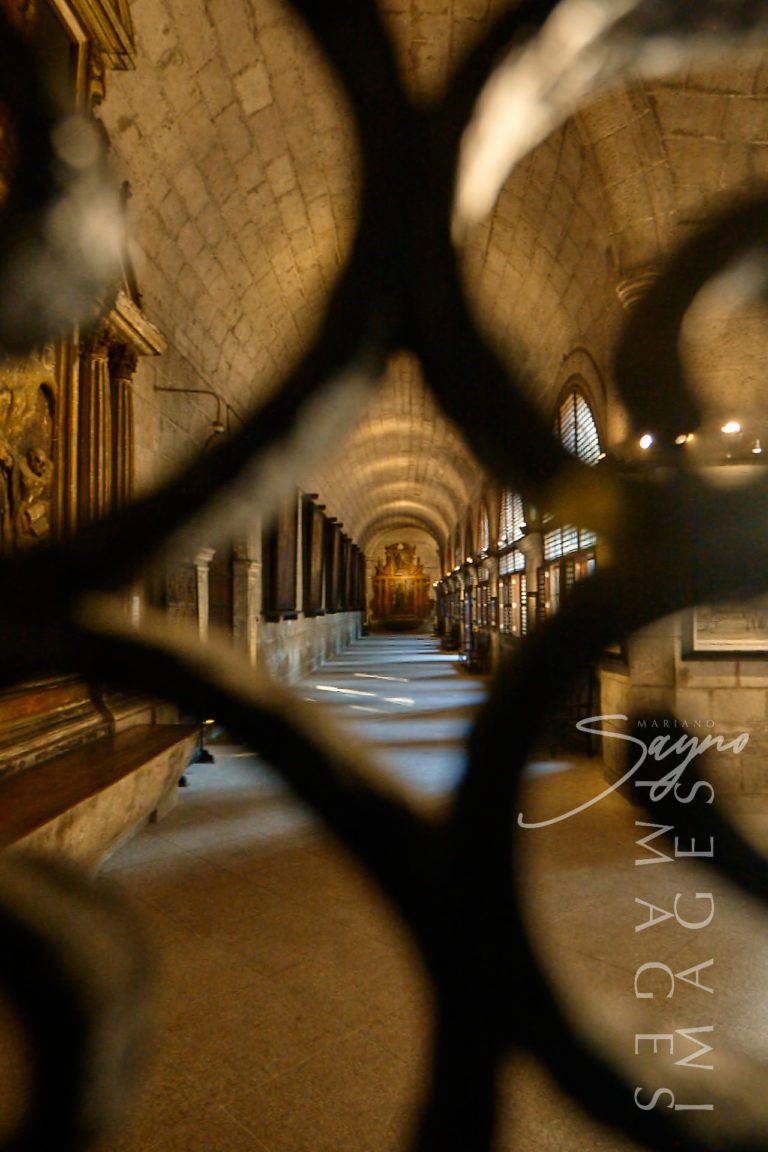
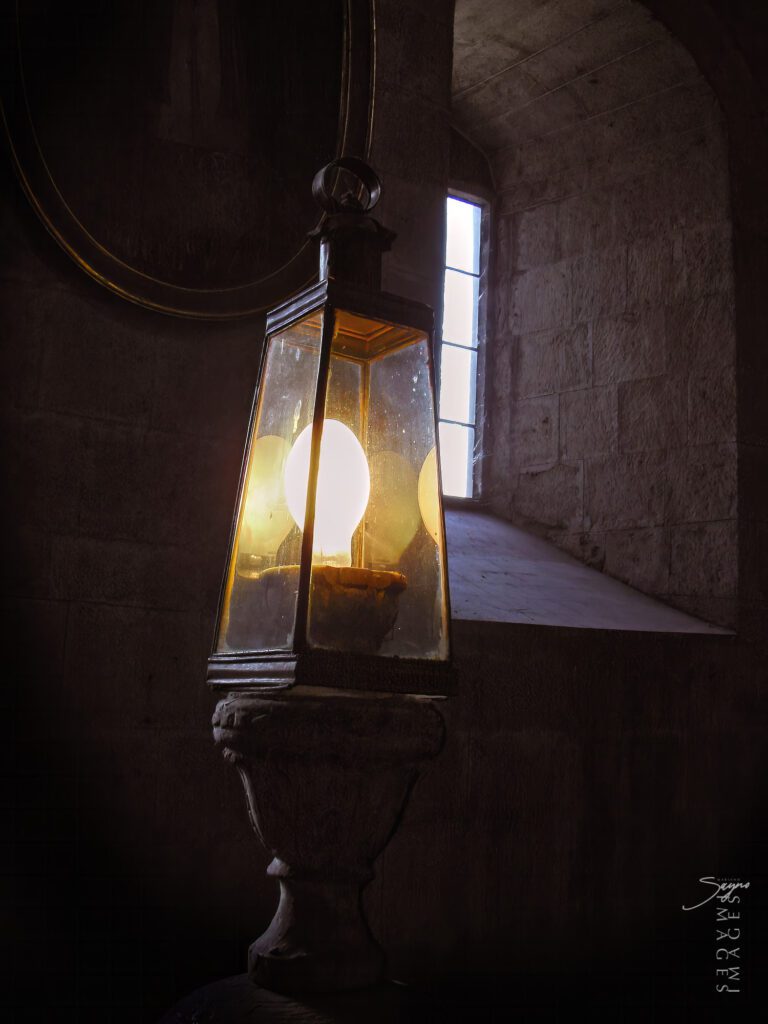
The Inner Garden of the San Agustin Museum was once a peaceful retreat for the Augustinian Friars, designed to evoke the Garden of Paradise. It provided a tranquil space for contemplation and connection with nature and God, enhanced by the soothing sound of the central fountain.
Architecturally, the courtyard reflects influences from Augustinian monasteries in Mexico, particularly one in Yuriria from the 1550s. The friar-architects employed advanced design techniques, including earthquake-resistant buttresses typical of Earthquake Baroque, giving the cloister a fortress-like appearance. During World War II, the San Agustin Church and monastery were used as a concentration camp. Approximately 700 Intramuros residents were detained within the cloisters, using the central fountain for water until it became contaminated. The ornamental palm trees seen today are replacements for those cut down by prisoners for firewood.
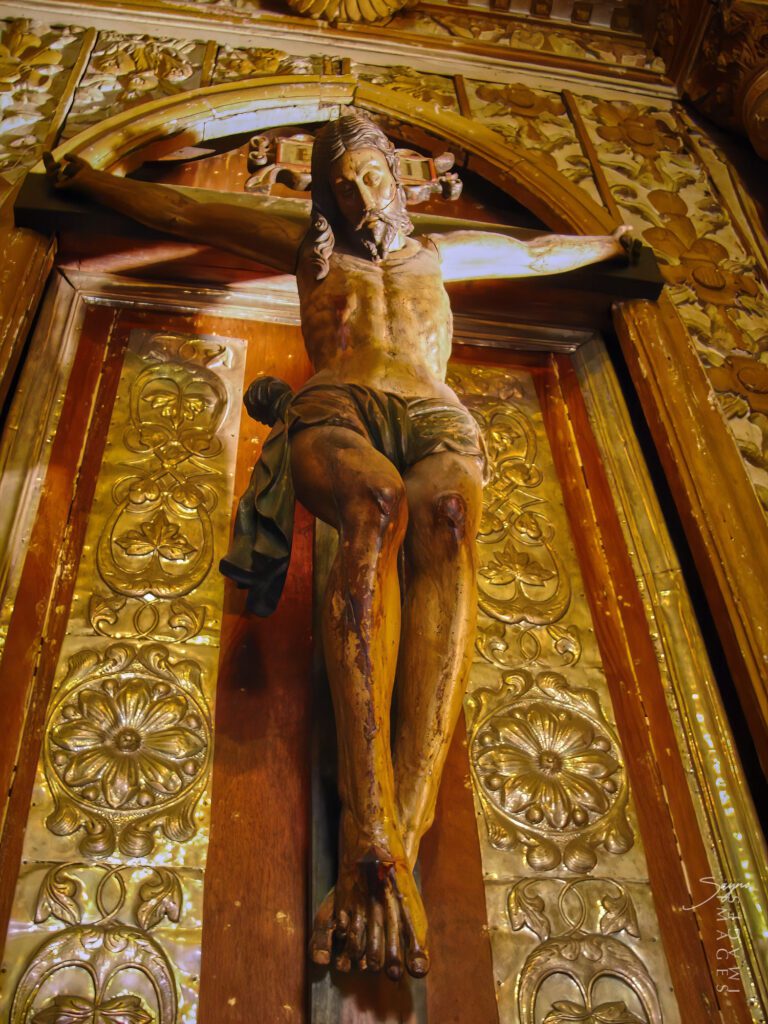
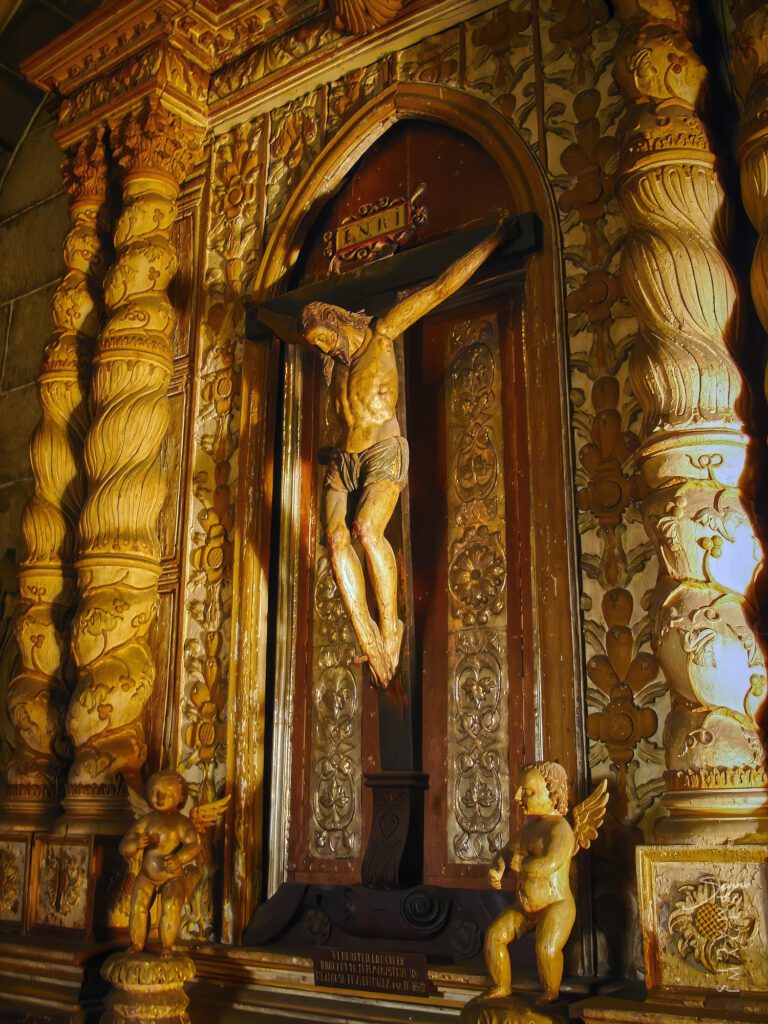
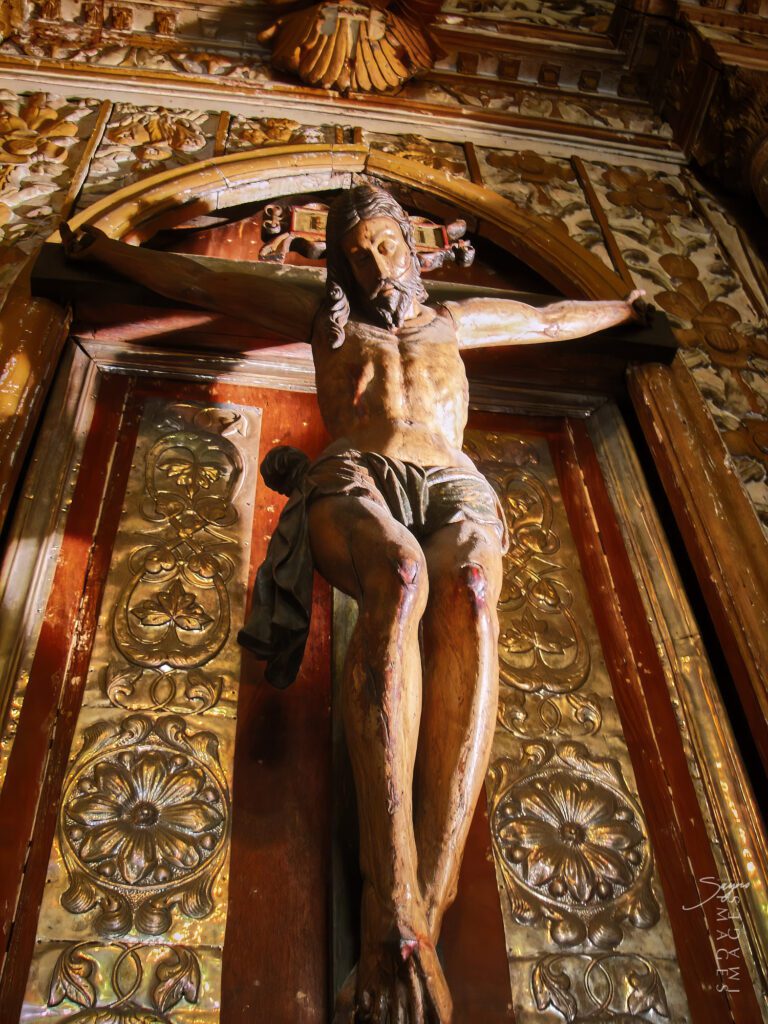
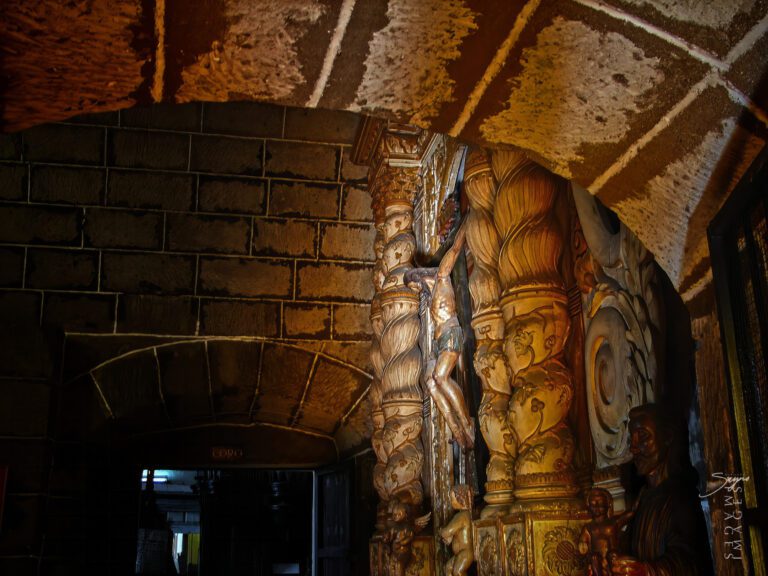
The Antigua Sacristia, once renowned as the most beautiful hall in the monastery, features a grand Baroque retablo carved by Juan de los Santos from San Pablo de los Montes in Laguna and installed in 1617. It was relocated to the old sacristy as it was deemed too small for the church. The original ivory and wood santos were lost to looting and war, but the niches now display santos from the Augustinian monastery in Cebu.
This chamber also served as a space for offering refreshments during religious processions and for praying over shrouded cadavers before burial. During the 1875 painting of the church by Italian painter Albert Albergoni, the Antigua Sacristia was used for masses. In February 1945, amidst the Liberation of Manila, it hosted the fiesta of Our Lady of Lourdes of the Capuchinos.
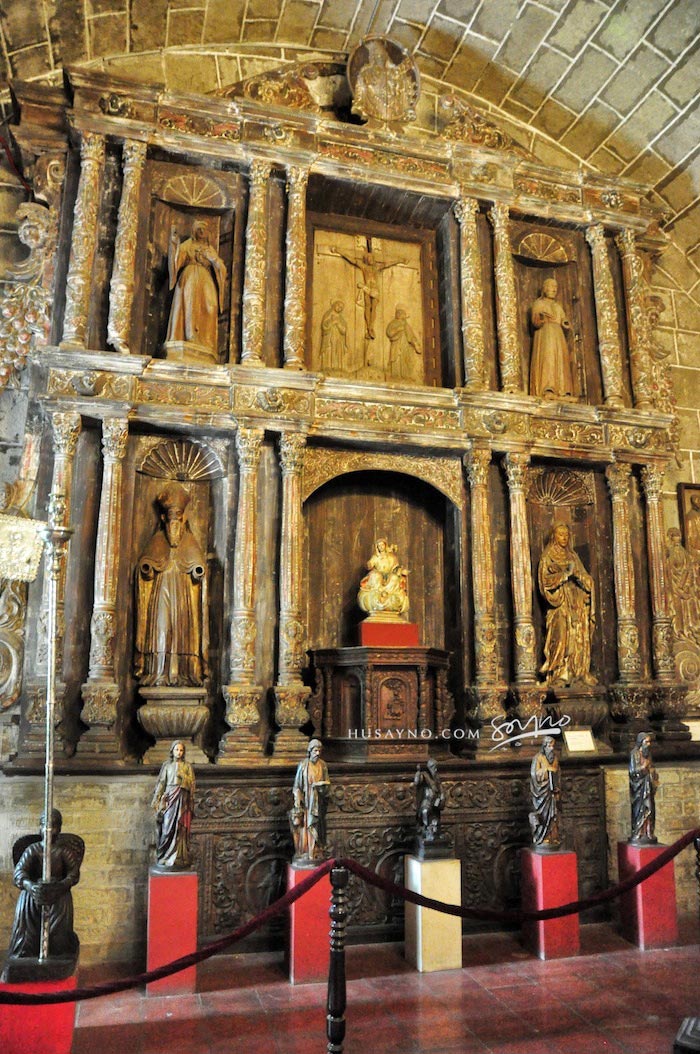
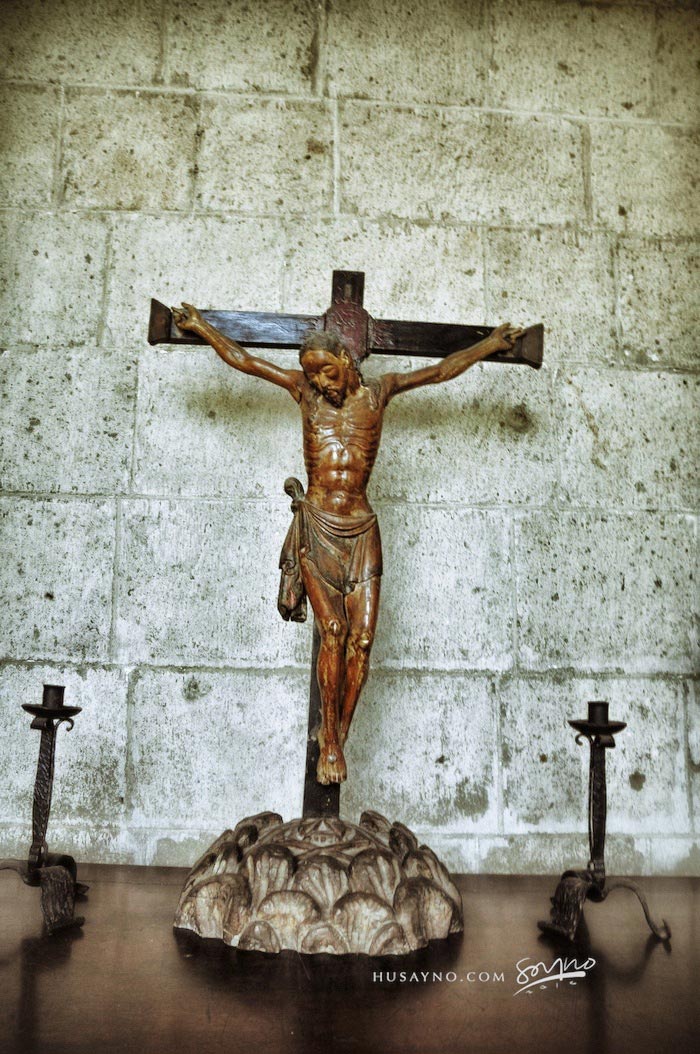
RELATED STORIES

Situated in the heart of Manila, Tutuban Center is more than just a shopping destination—it’s a vibrant mix of history, commerce, and culture that draws
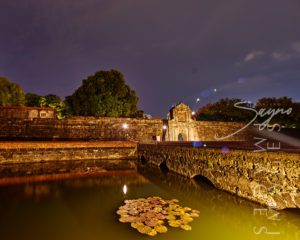
It is also known as the Walled City, and during the Spanish Colonial Period it was synonymous with the city of Manila. Intramuros was also
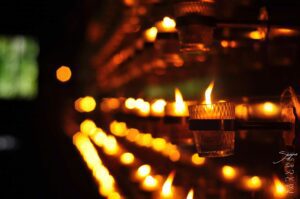
The Padre Pio Chapel, also known as the St. Pio of Pietrelcina Chapel, holds a special place in my heart as a photographer. It revealed
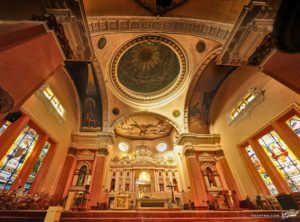
The Binondo Church is a historic church in Manila, located in the District of Binondo, near the Plaza San Lorenzo Ruiz. It was previously called
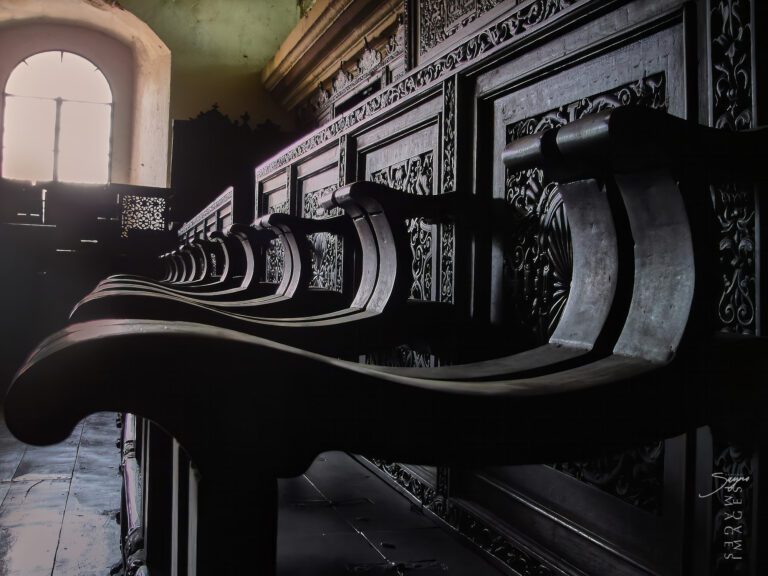
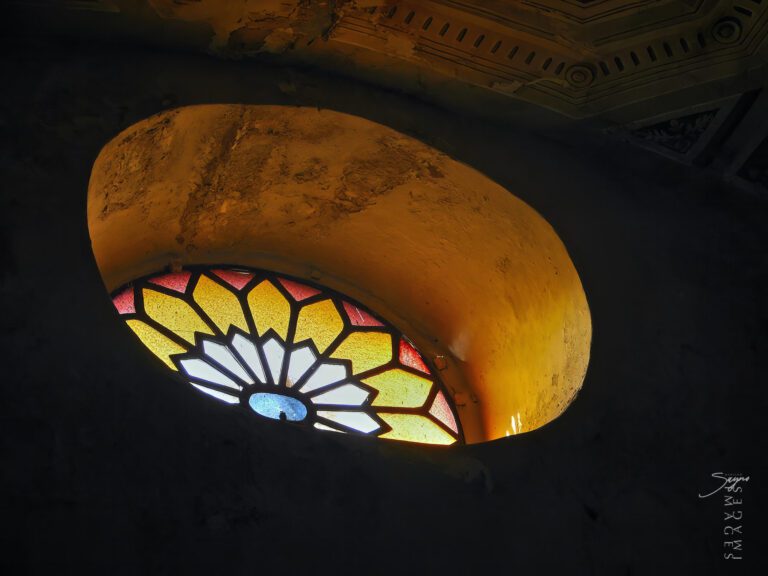
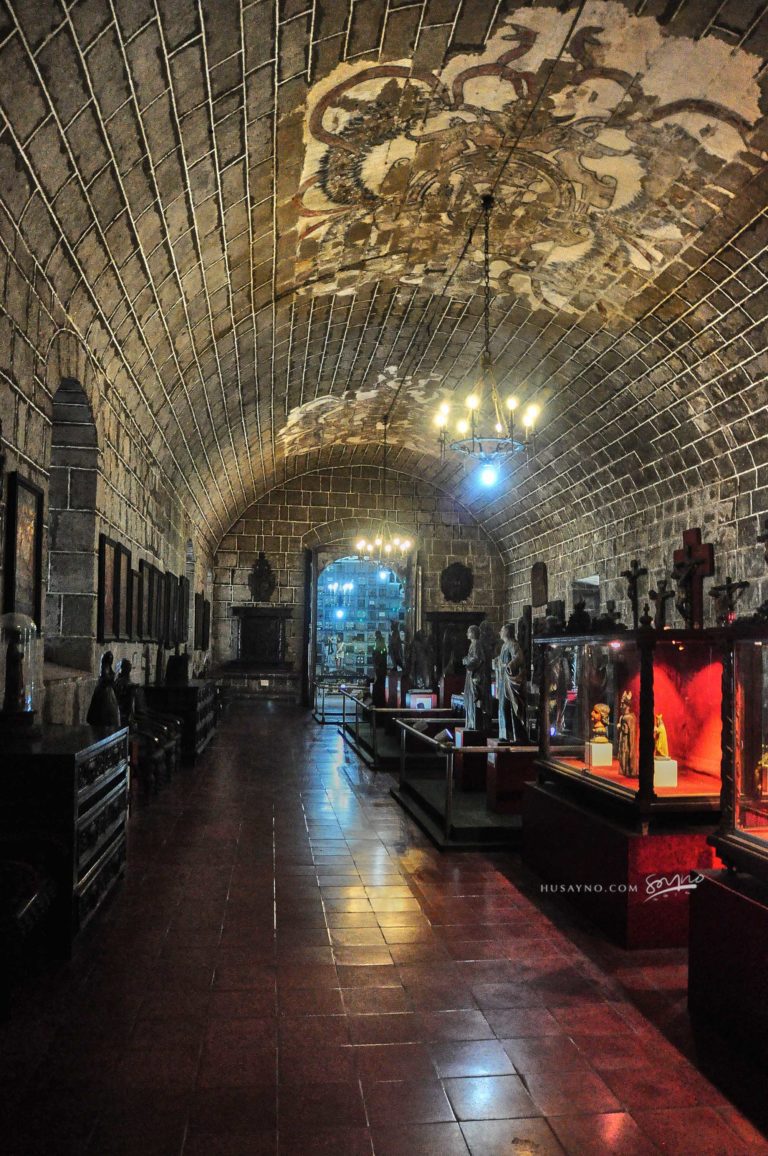
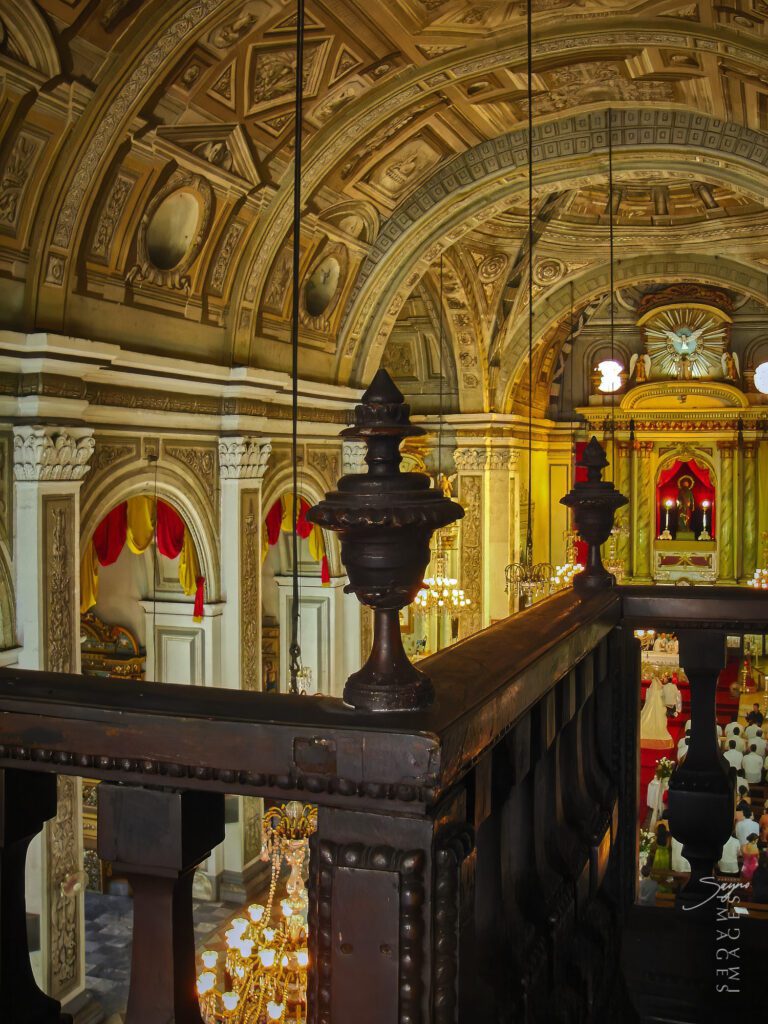
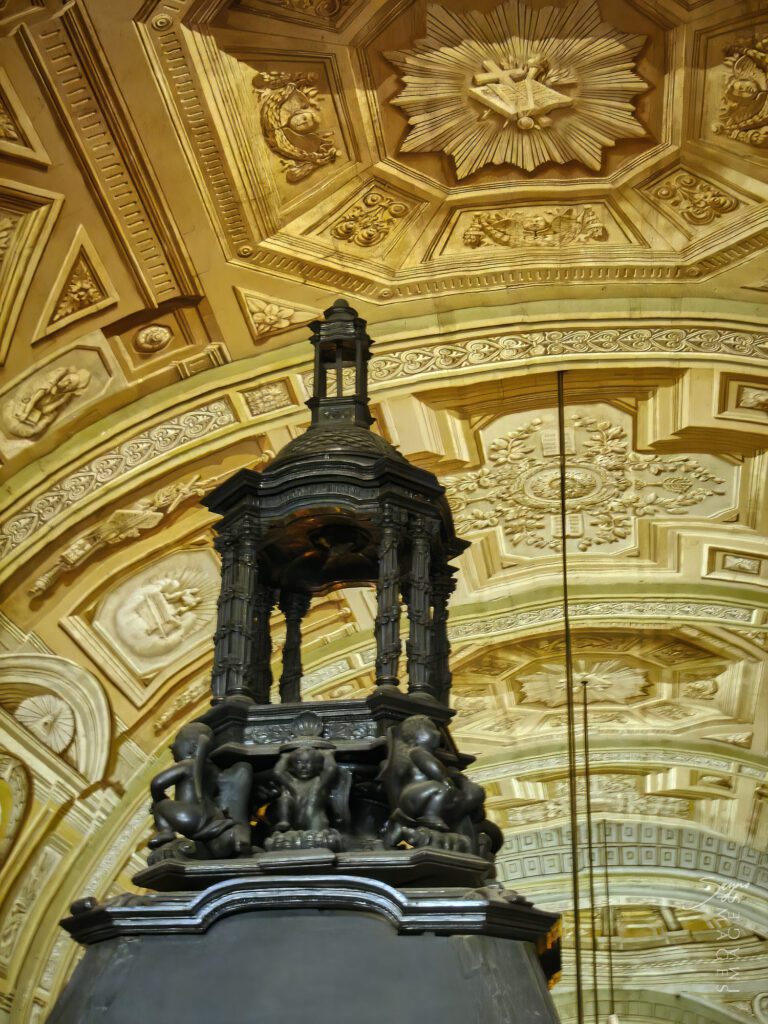
The Antesacristia houses the museum’s ivory collection. The craft of ivory carving, known as “garing” in Tagalog, has been banned due to the illegal ivory trade’s impact on wildlife. The slight curve of ivory statuettes, such as the corpus of the crucifix on display, results from the natural curve of elephant tusks. During Spanish times, tusks were imported from Africa and India through trade with China, and local craftsmen developed their carving skills in collaboration with Chinese artisans.

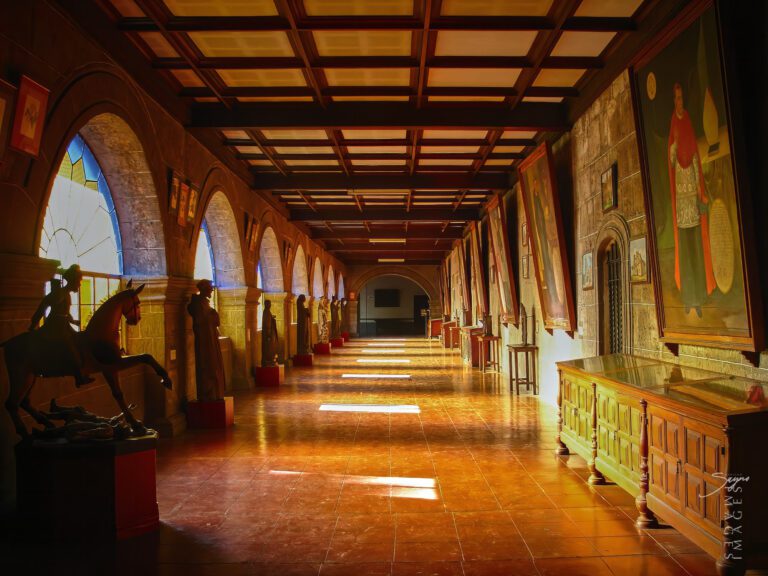
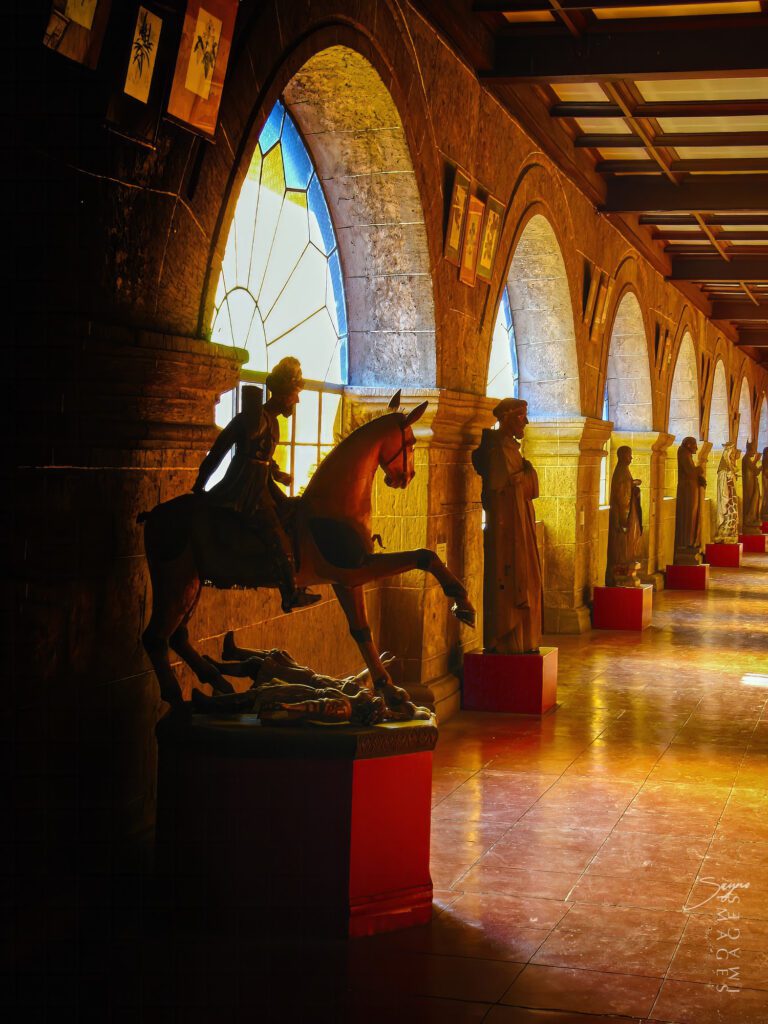
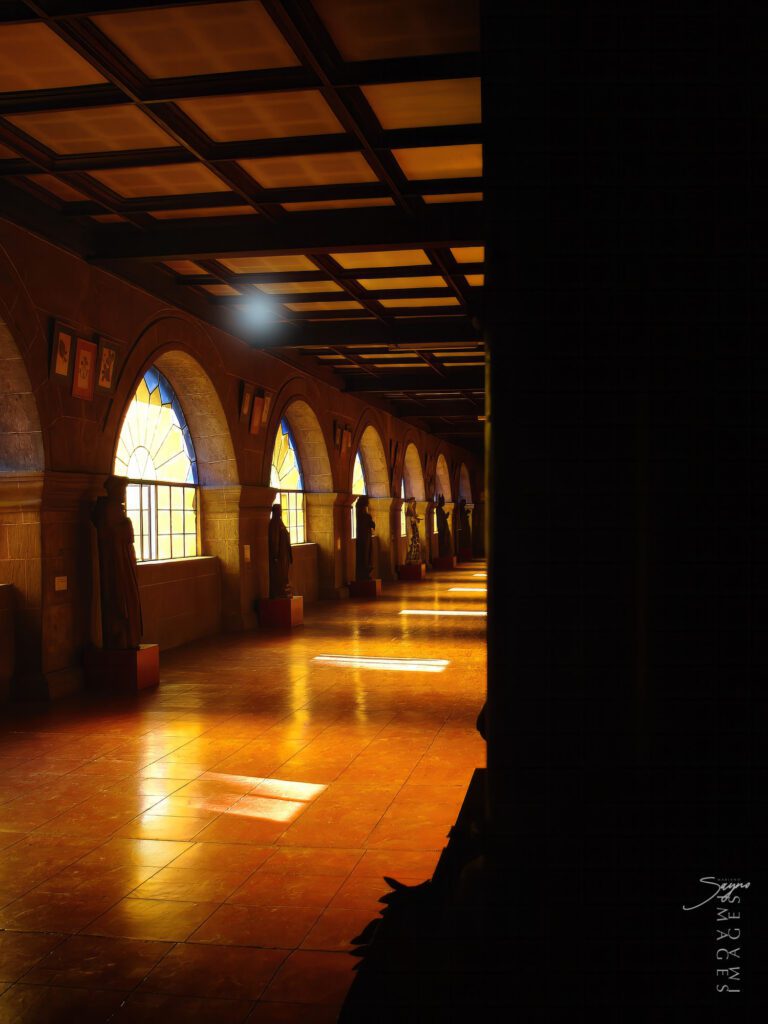
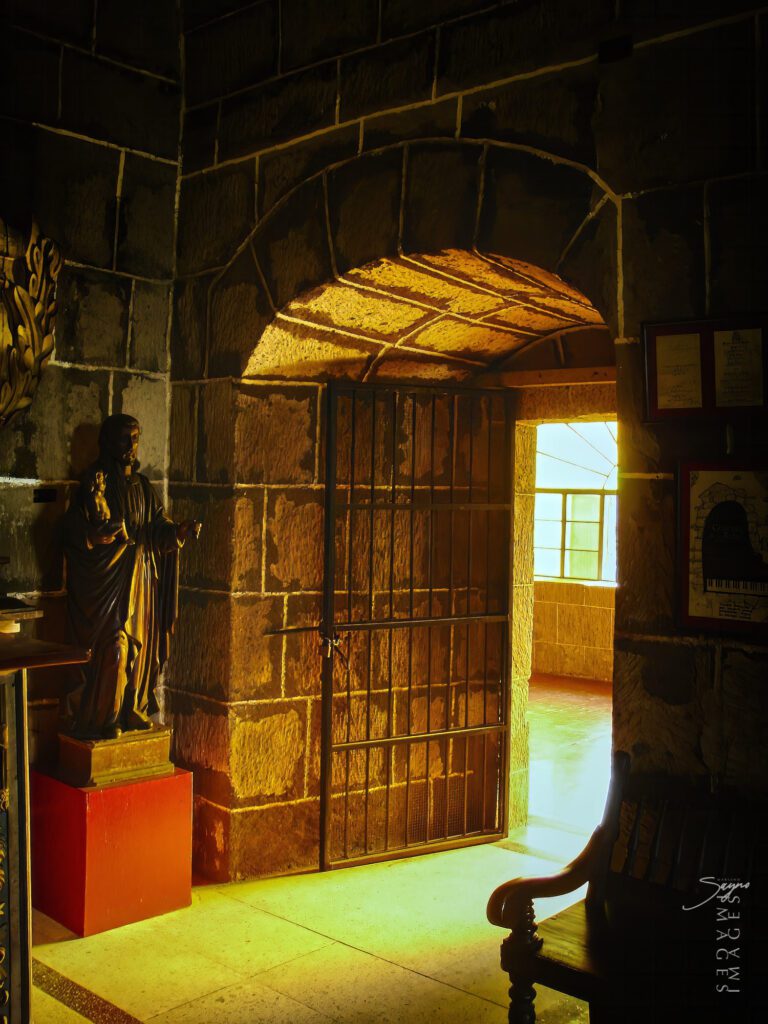
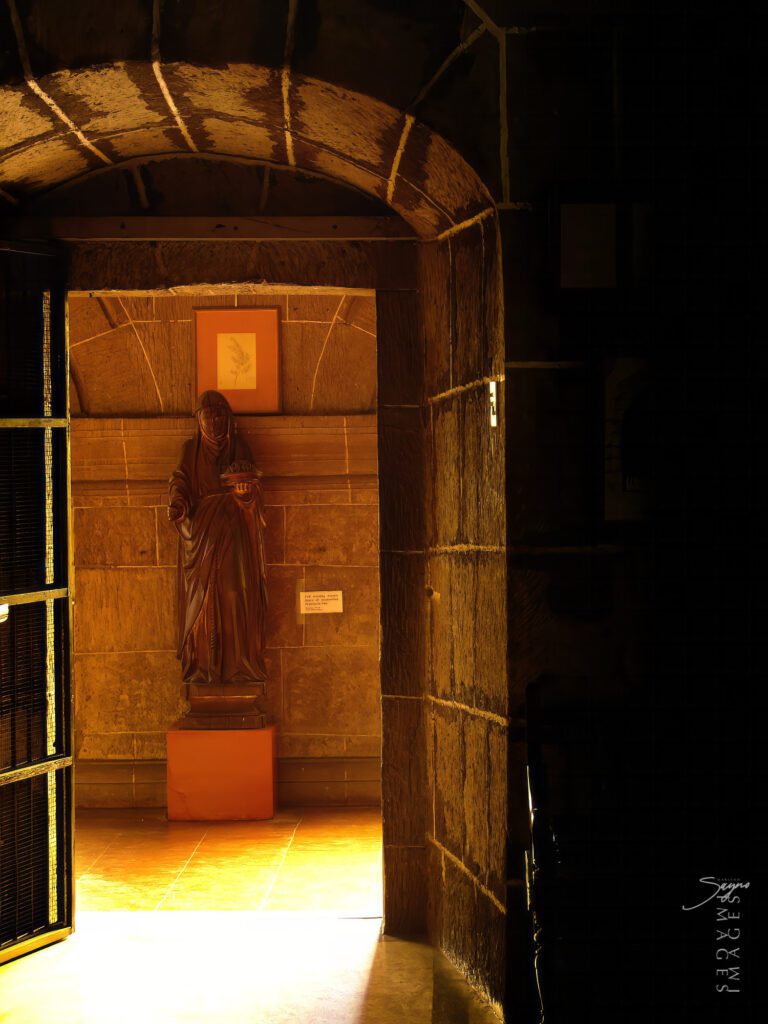
A chamber passage connects to the choir loft and sits directly under the bell tower, serving as a private chapel for the community. The grand Baroque retablo here contains a stoup for holy water and was originally from the old side chapel in the main church. It was removed when the church was dedicated to Miguel Lopez de Legazpi. The central niche of the retablo features a crucifix brought by Fray Alonso de Mentrida in 1602. Legend holds that this crucifix, once placed over the choir loft railings, extended its hand in absolution to a friar who, on his deathbed, had not received the last rites.
On August 1, 1617, Rector Provincial Fray Vicente Sepulveda was found murdered in the celda prioral. To identify the culprits, his body was arranged with its index finger pointing towards the antecoro entrance. Friars who came to pay their respects were asked to feel the heart of each friar to determine the guilty party. The identified culprits were executed, and their remains were buried within the monastery walls.
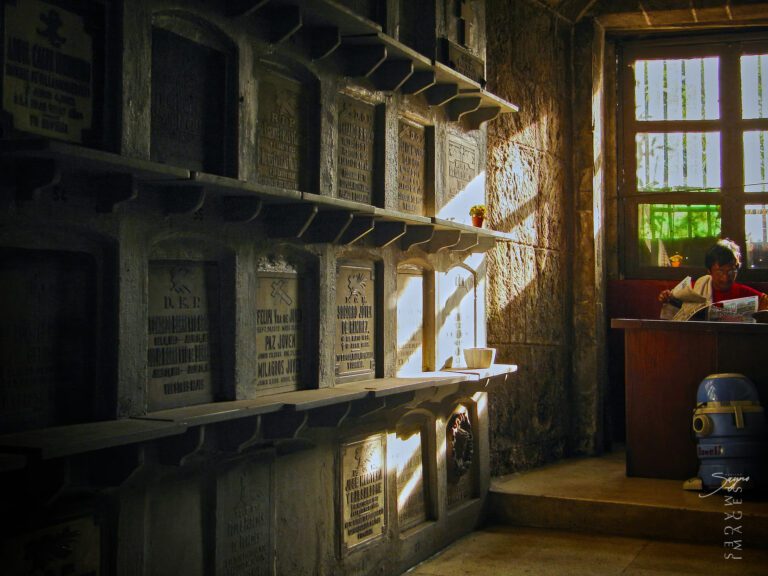

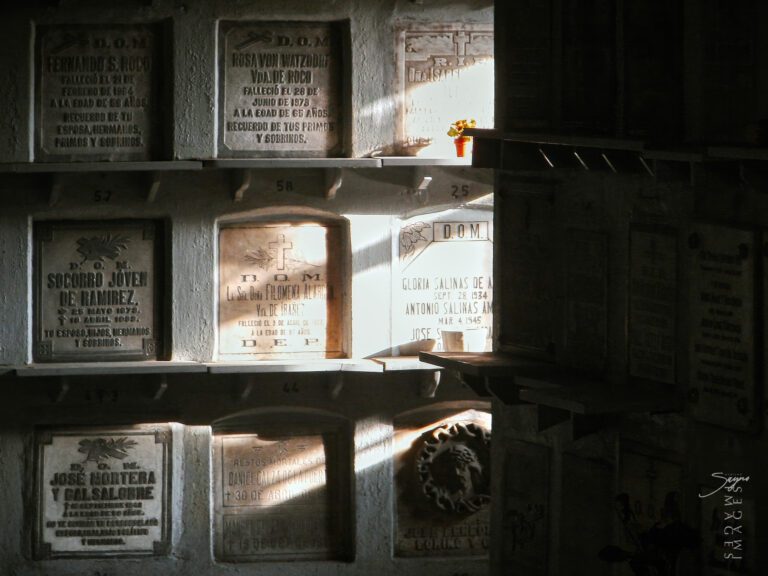
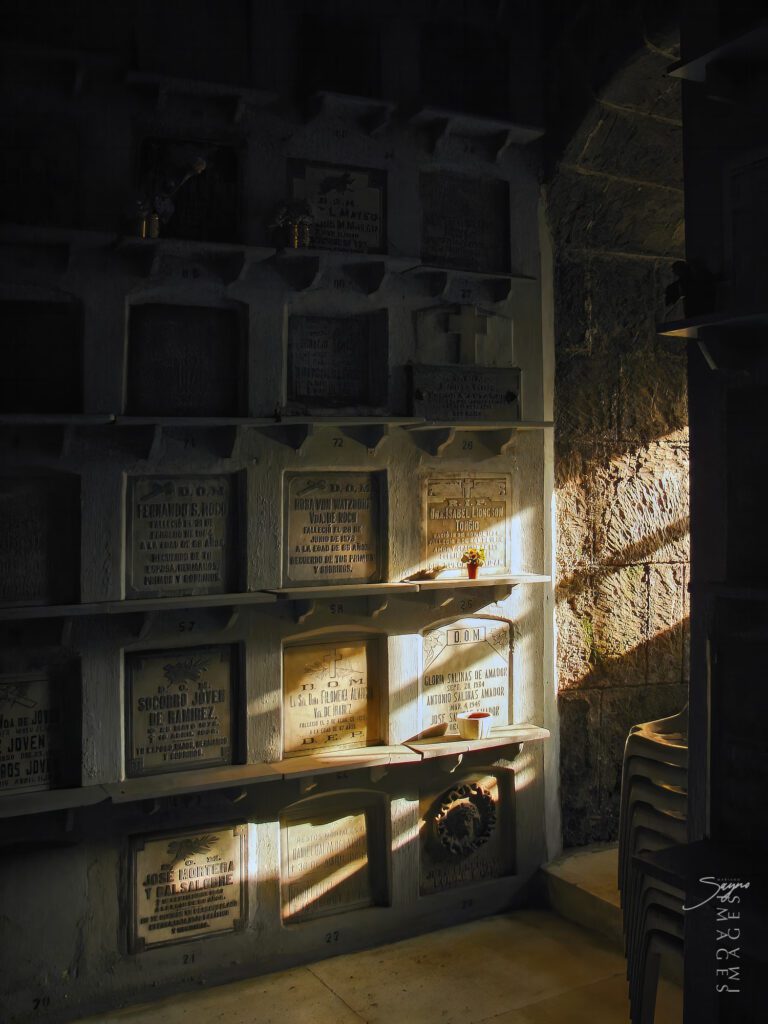
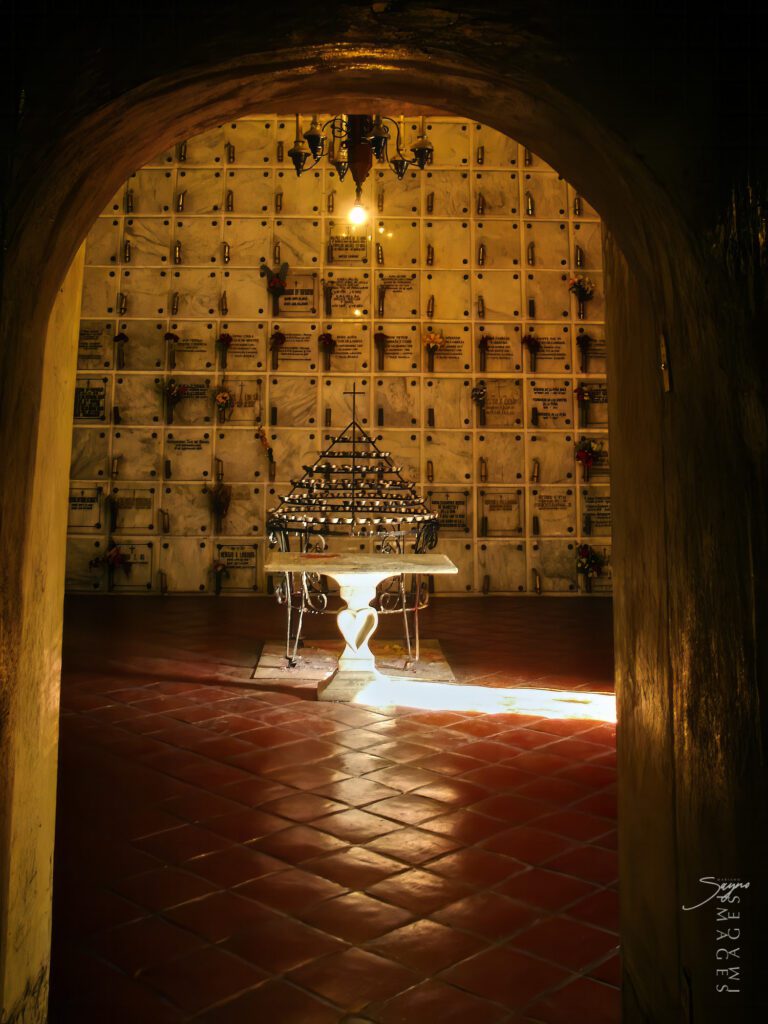
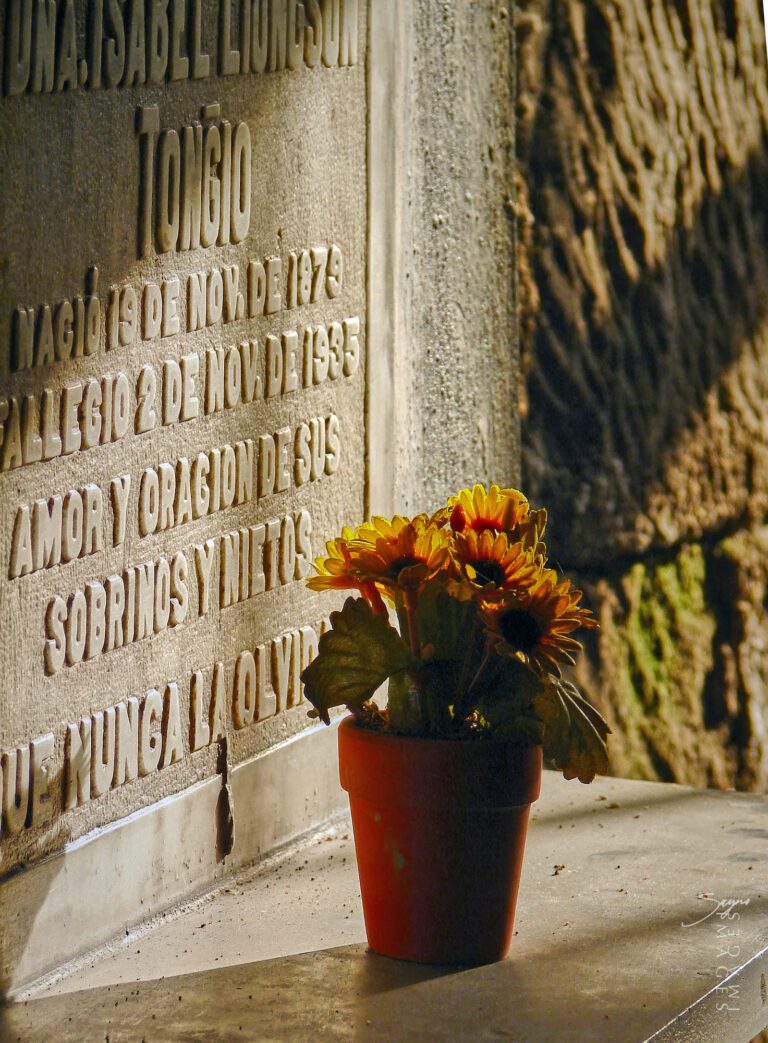
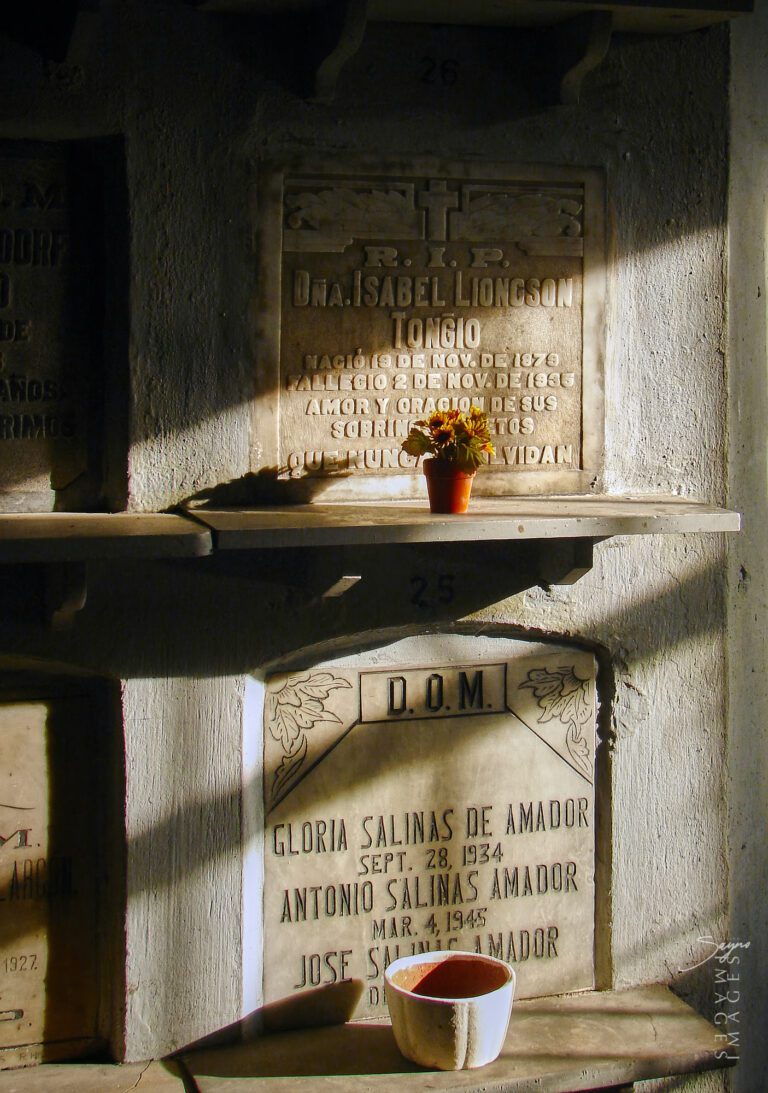
A central feature of the San Agustin Museum is its remarkable choir stalls, or “sillería,” which hold significant historical and artistic value. Commissioned between 1608 and 1610 by Fr. Miguel García Serrano, the 68 intricately carved stalls were crafted from “kamagong” wood, with inlays of “narra” and other varieties. Each stall features elaborate strapwork motifs, including representations of the sun, the eagle, and Augustinian symbols such as the heart, mitre, and pastoral staff. The Provincial stall, located at the center, includes a bas-relief of Saint Augustine. The stalls were carved by Chinese artisans, as indicated by their distinctive monster marks, and each one is equipped with a “mercy” or “misericordia” to support the infirm during extended prayers.
The choirloft, which houses these historic stalls, offers a stunning panoramic view of the San Agustin Church and monastery. From this vantage point, visitors can appreciate the richly Baroque interior of the church and the splendid trompe l’oeil painting on the massive barrel vault ceiling. The choirloft not only serves as a key architectural and artistic highlight but also embodies the space where the Augustinian community gathered for daily prayers, reflecting the loftiness of their spiritual aspirations.
The San Agustin Pipe Organ is a notable historical artifact. The church’s first pipe organ, made of wood, deteriorated over time. Historic documents reveal that the organ was constructed using molave, narra, baticuling, and tindalo woods, with tuba or coconut wine used as glue and ivory on the keyboard. Although the master builder remains unknown, the organ is often attributed to Fray Diego Cera, the renowned creator of the Las Piñas Bamboo Organ.
Notable composers of church music lived in the monastery, including Marcelo Adonay from Pakil, who founded an esteemed orchestra during his time at San Agustin.
I’m looking forward to the stories and images leaving a lasting positive impression on you, just as they have on me. Stay connected with us on social media for a weekly exploration of travel assignments and breathtaking visuals. Our focus is on championing local tourism, showcasing small businesses, and honoring the magnificence of the Philippines through the content we curate. Join us in spreading the word by clicking the ‘share’ buttons below. Your support means the world to us.
EXPLORE MORE about
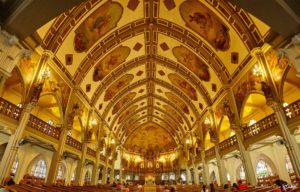
The Manila Abbey San Beda, or formally known as Abbey of Our Lady of Montserrat, is a Benedictine men’s monastery located along the streets of
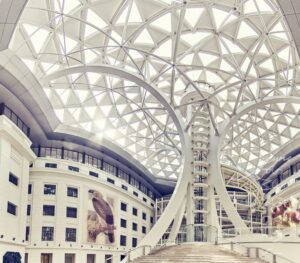
Explore the vibrant tapestry of Manila through its four national museums, each a unique gem in the city’s cultural crown. These four distinguished establishments are
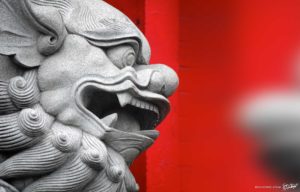
In addition to being considered the oldest Chinatown in the world, Binondo Chinatown is also the center of trade and commerce in Manila City. In

It is the home of the popular Asian elephant, Mali, as well as 90 other species. As well as being a landmark in Manila, the

The Padre Pio Chapel, also known as the St. Pio of Pietrelcina Chapel, holds a special place in my heart as a photographer. It revealed
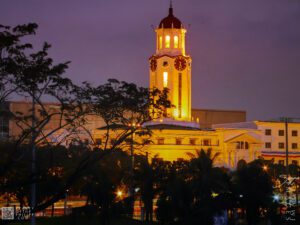
Nestled in the historic district of Ermita, Manila City Hall is more than just the seat of the city’s government—it’s a testament to the rich
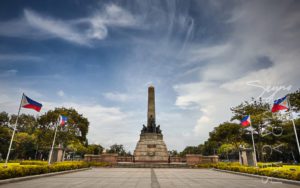
Located along Roxas Boulevard, Manila and adjacent to the century-old walled city of Intramuros, the Luneta National Park, or “Luneta” as many refer to it,
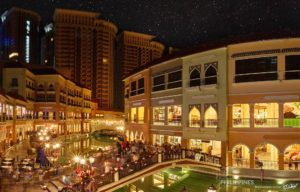
Located in the heart of the Taguig City, the Venice Grand Canal is a lifestyle mall development under the Megaworld Lifestyle Malls Located inside the
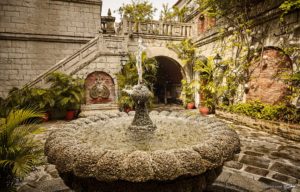
Casa Manila, located in the heart of Intramuros, Manila, is a living museum that transports visitors to the grandeur of the Spanish colonial era. As
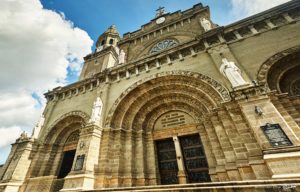
Originally built in 1880, the Manila Cathedral is the current version of the longstanding Church of Manila. It is a masterpiece of architecture that was
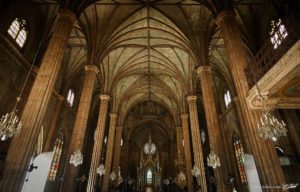
San Sebastian Church is a Roman Catholic Minor Basilica located in Quiapo, Manila. It’s also known as Minor Basilica of San Sebastian or San Sebastian
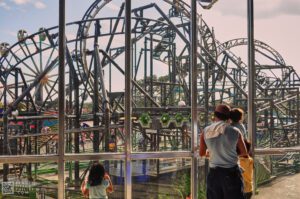
Nestled in the heart of Pasay City within the Cultural Center of the Philippines Complex, Star City stands as one of the premier amusement parks
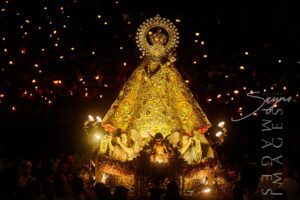
Every October, the vibrant streets of Quezon City come alive with faith, devotion, and rich cultural traditions during the Feast of La Naval de Manila.
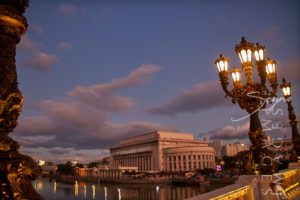
The Manila Post Office, officially known as the Manila Central Post Office, is a distinguished example of neoclassical architecture, originally designed by Juan M. Arellano,
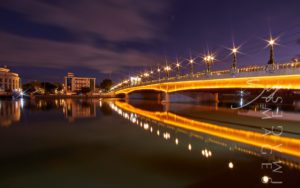
The newly restored Jones Bridge is easily recognizable by its beautifully designed black lamp posts—the same ones that were there when the bridge was first

The University of the Philippines Diliman (UP Diliman) is more than just the country’s premier academic institution—it is a historical, cultural, and natural destination worth
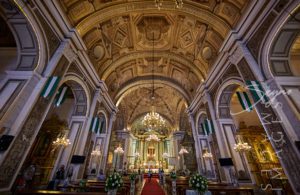
Known as one of the most important baroque churches in the Philippines and as one of the only four baroque churches in the Philippines that
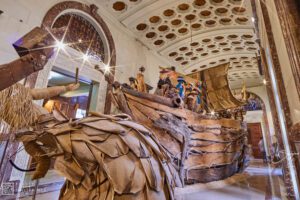
The National Museum of Anthropology, located in the heart of Manila within the National Museum Complex, is a must-visit destination for travelers eager to explore

Nestled in the heart of Quezon City, La Mesa Ecopark stands as a serene sanctuary, offering both a retreat for nature lovers and an educational
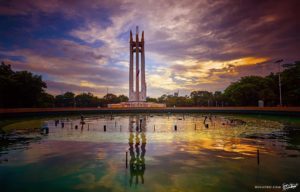
One of Quezon City’s main parks is the Quezon Memorial Circle, which is located in Quezon City and is surrounded by an elliptical road, making
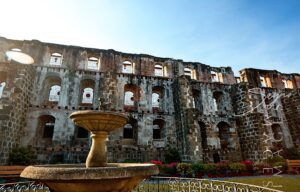
Located within the historic district of Intramuros, Manila, Padre Blanco Gardens—also known as Father Blanco’s Garden—offers a charming and romantic retreat amid centuries-old architecture. This
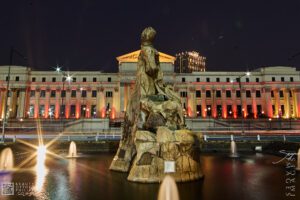
The Gomburza National Monument, located in front of the National Museum of Fine Arts along Padre Burgos Avenue in Manila, stands as a solemn tribute

The Binondo Church is a historic church in Manila, located in the District of Binondo, near the Plaza San Lorenzo Ruiz. It was previously called
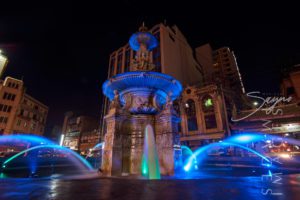
I experienced the vibrant and colorful life of downtown in full. I took some time to appreciate the beauty of Santa Cruz Church and Plaza

As the nation’s first ever world-class marine theme park, Manila Ocean Park is located in Ermita Manila, within the Philippines’ largest urban resort/aqua-themed hotel complex
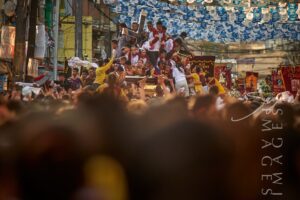
The Nazareno Festival, or the Feast of the Black Nazarene, is one of the most spectacular and deeply moving religious events in the Philippines. Held
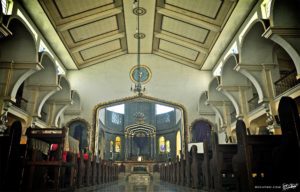
The Polo Church, formally known as the San Diego de Alcala Church, resides in the Polo neighborhood of Valenzuela, Manila. This church has a captivating
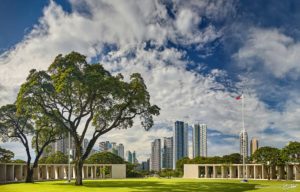
Manila American Cemetery and Memorial is located in the heart of Taguig City on the lands of Fort Bonifacio and serves as the largest grave
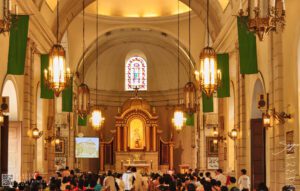
Malate Church stands as a profound symbol of faith, resilience, and artistry, preserving its sacred role and architectural splendor through centuries of triumphs and trials.

It is also known as the Walled City, and during the Spanish Colonial Period it was synonymous with the city of Manila. Intramuros was also
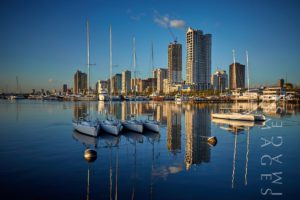
It is considered to be one of the world’s great harbors, the Manila Bay, and it serves as the Port of Manila, Philippines. Having once
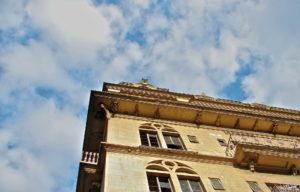
It is always a surprise for buildings, parks and houses to survive such wars as it is almost inevitable that everything will be brought down
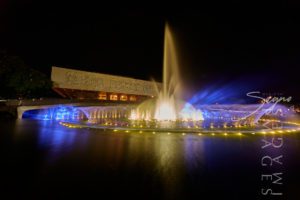
The Cultural Center of the Philippines or CCP was founded in 1966 under the directive of former President Ferdinand Marcos, in order to reinforce and

Situated in the heart of Manila, Tutuban Center is more than just a shopping destination—it’s a vibrant mix of history, commerce, and culture that draws
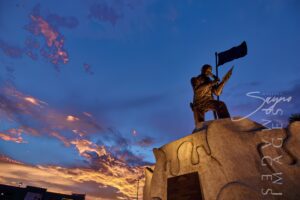
The Andres Bonifacio Birthplace Monument in Tutuban, Divisoria stands as a powerful symbol of Filipino patriotism and a tribute to the courage and leadership of Andres
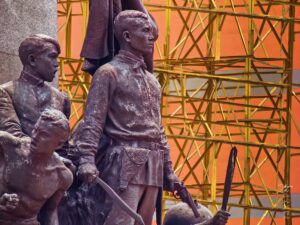
The Bonifacio Monument, also called Bonifacio Monumento or Monumento, proudly stands in Caloocan City, Metro Manila. It is a powerful symbol created by the National
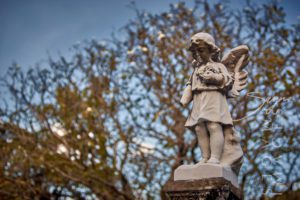
As one of the oldest cemeteries in Manila, Campo Santo De La Loma, commonly referred to as the La Loma Cemetery, is one of the
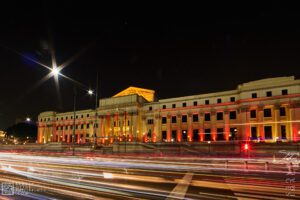
Manila, the vibrant capital of the Philippines, is home to a wealth of cultural and historical landmarks, and among its crown jewels is the National
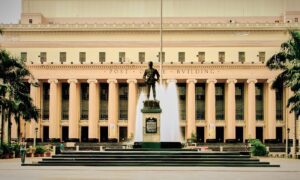
Nestled in the heart of Manila, Liwasang Bonifacio is a place where history, culture, and modern urban life converge. Formerly known as Plaza Lawton, this
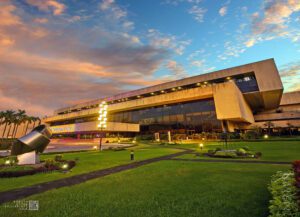
The Philippine International Convention Center (PICC) stands as a monument to the Philippines’ ambition to be a key player on the global stage. With its
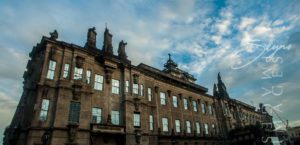
UST, also known as the University of Santo Tomas, is a private Roman Catholic university located in Sampaloc, Manila. It was founded on 28 April
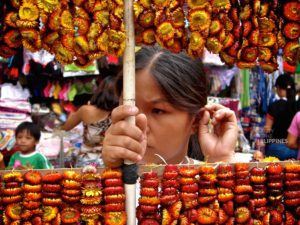
Plaza Miranda is a public square bounded by Quezon Boulevard, Hidalgo Street and Evangelista Street in Quiapo, Manila. It is the plaza which fronts the
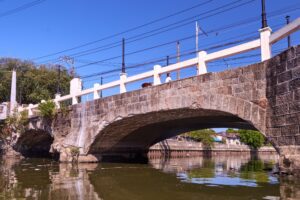
Nestled at the crossroads of Las Piñas in Metro Manila and Bacoor in Cavite, the Zapote Bridge stands as a silent yet powerful witness to
BROWSE BY CATEGORIES